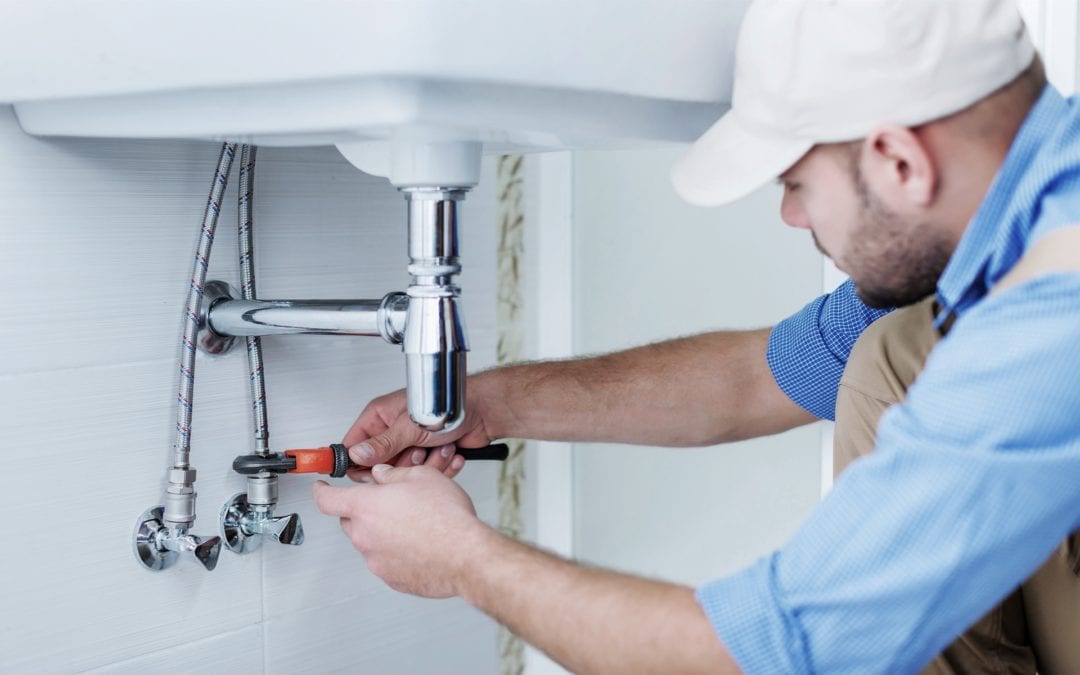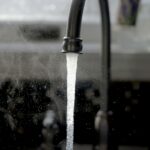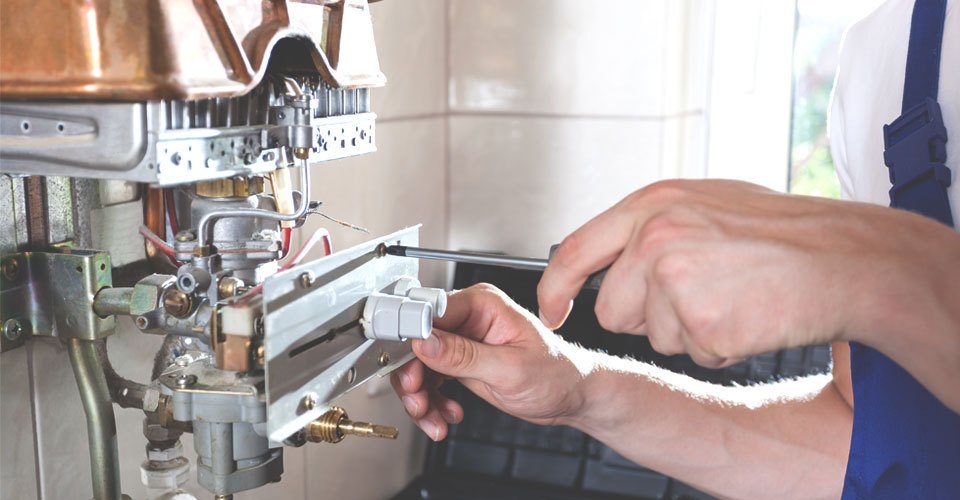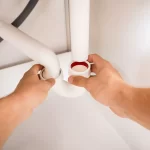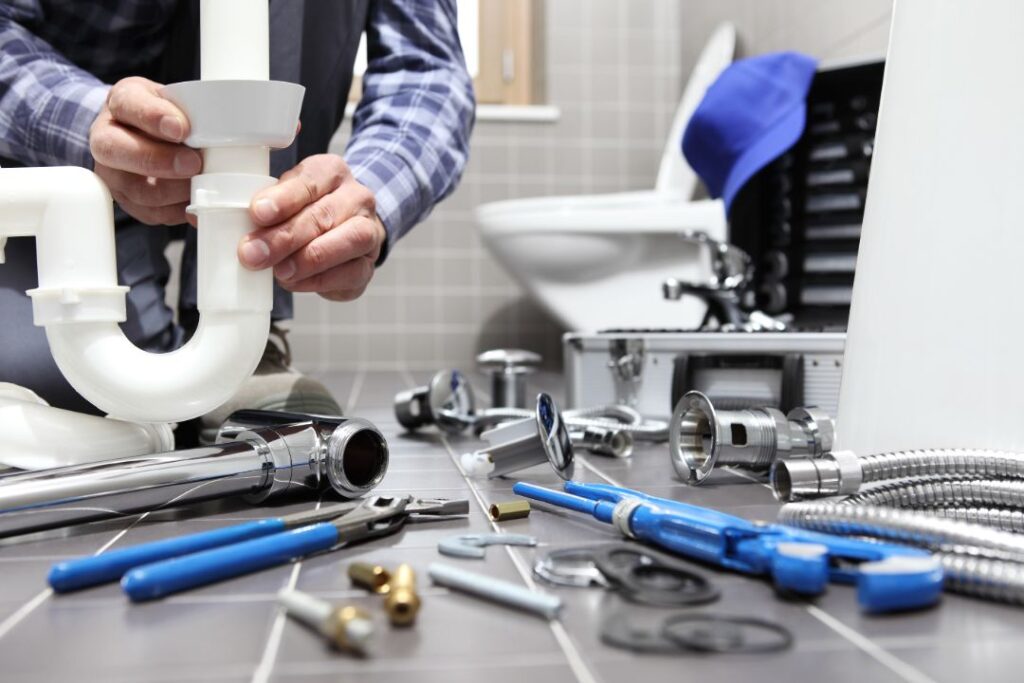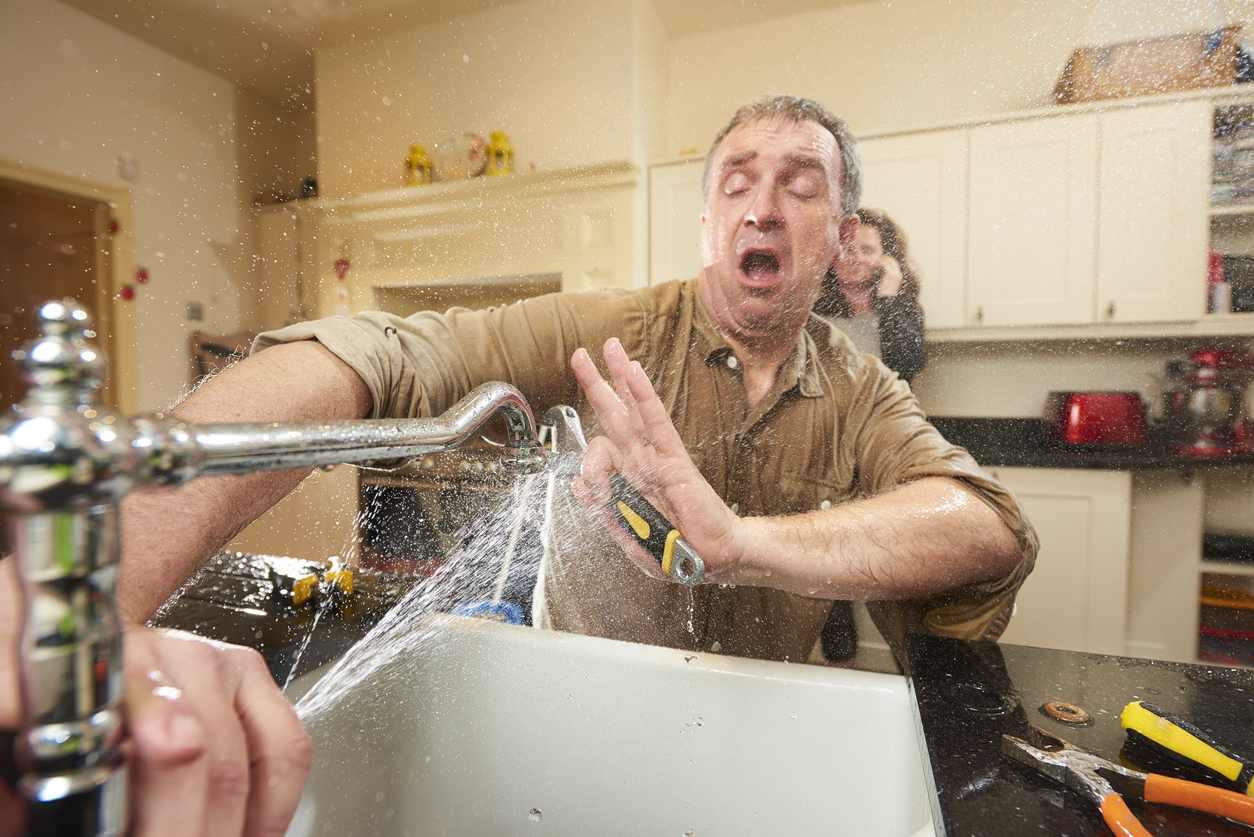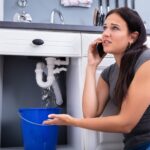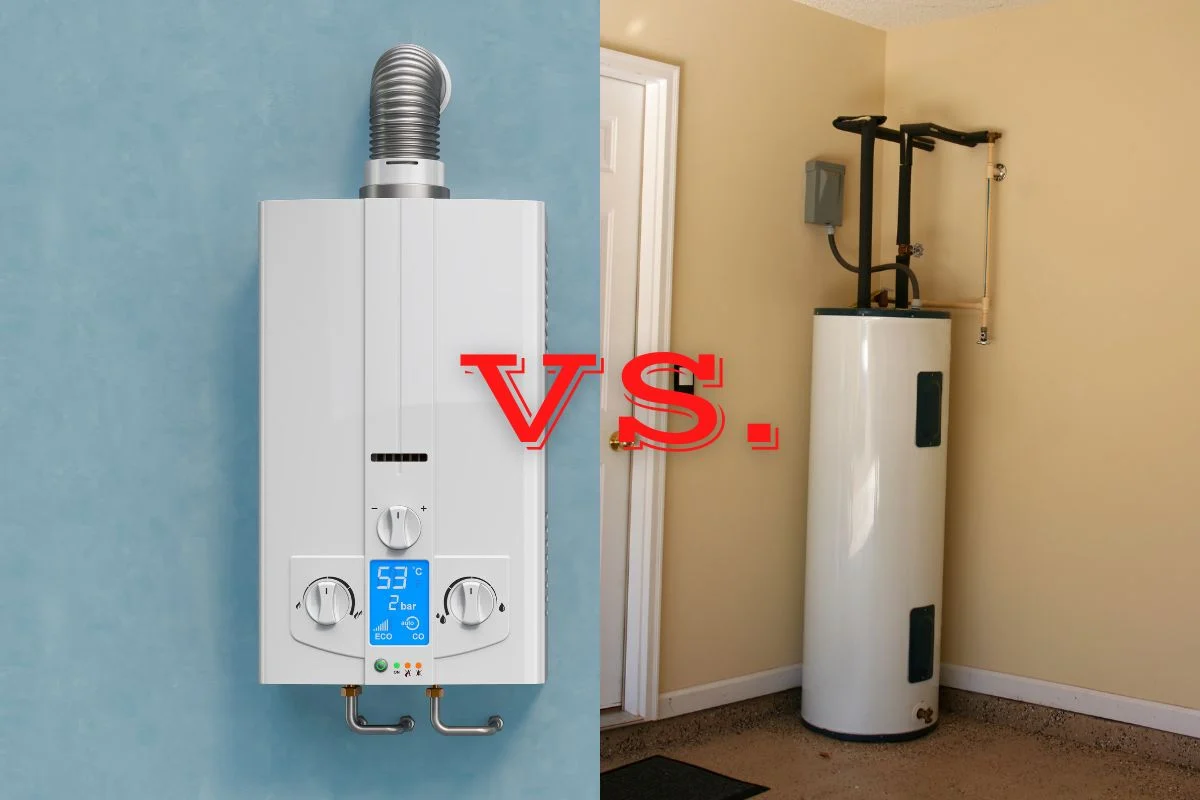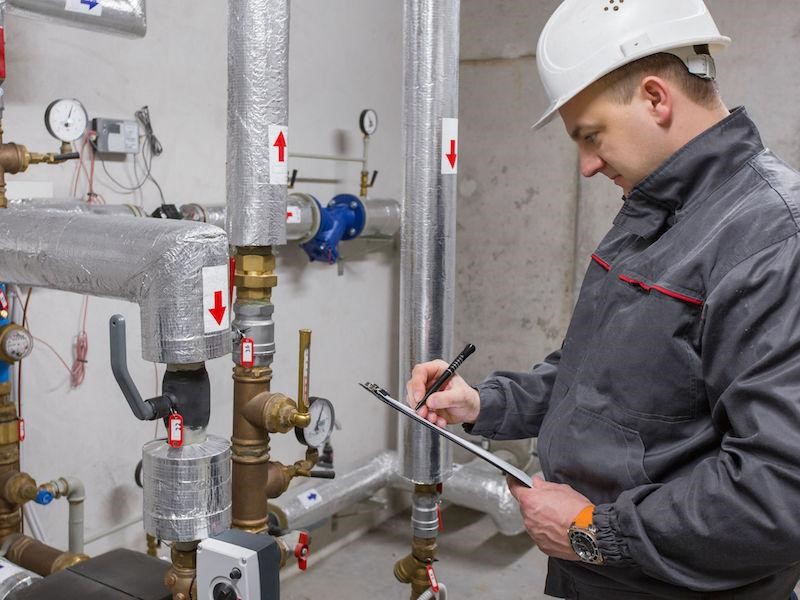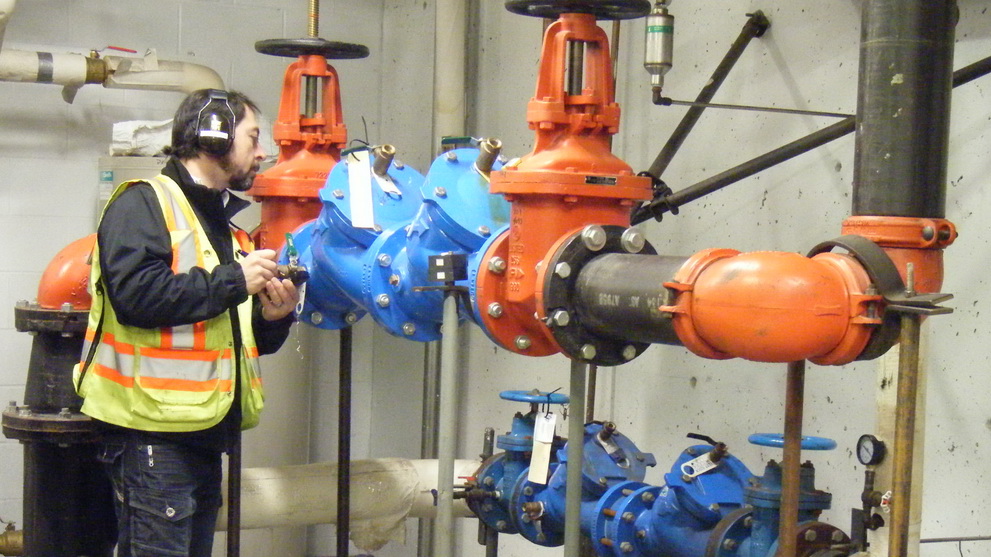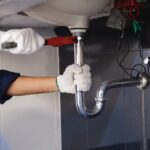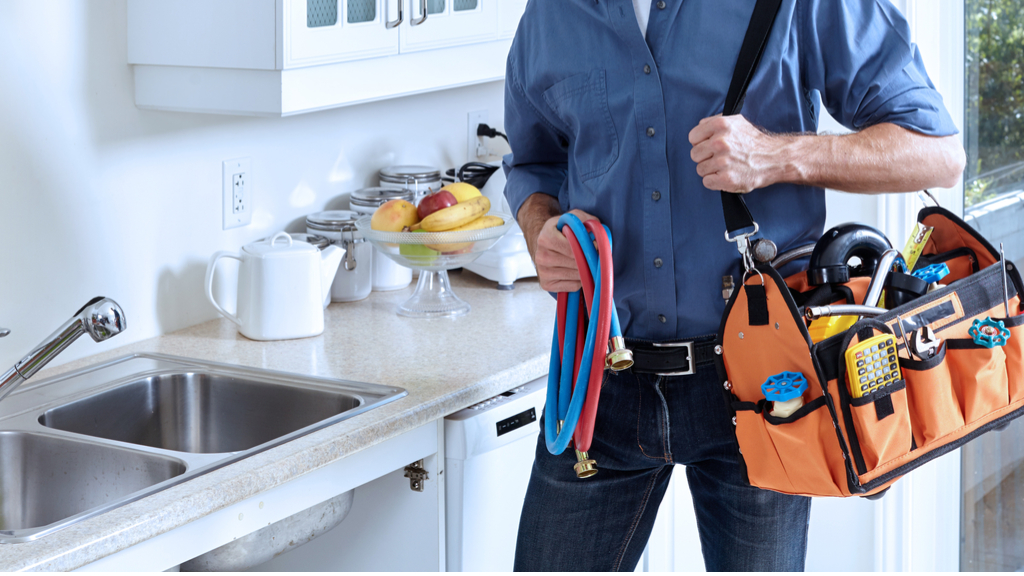Water. A vital element of life that we often take for granted. But when a disaster strikes, be it a hurricane, a flood, or a prolonged drought, one of the first things we’re reminded of is just how crucial access to clean drinking water is. Lack of clean water can turn an already dire situation into a matter of life and death. Here’s how you can ensure you and your loved ones have access to clean water even in the face of nature’s fury.
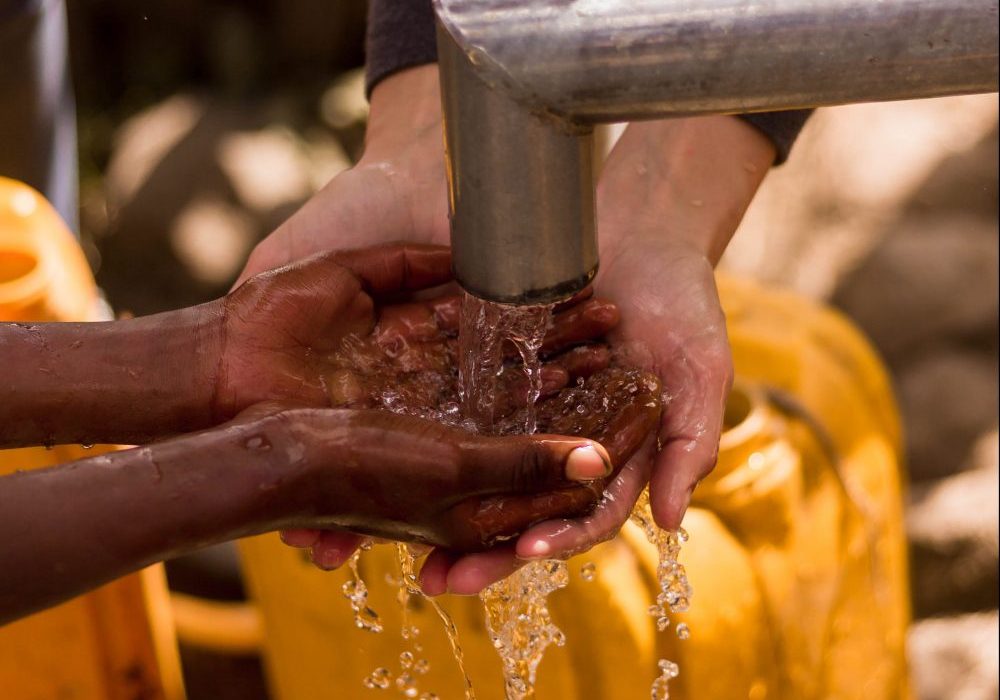
Content
1. Rainwater Harvesting System
A simple yet effective method, rainwater harvesting involves collecting and storing rainwater in tanks or barrels. This method is especially useful during unpredictable weather patterns. One significant advantage is that rainwater is naturally soft and requires little treatment. However, if you’re in an urban area, keep in mind that the rainwater might be polluted due to smog or other pollutants. To really delve deep into the power and utility of water, the water liberty guide is a treasure trove of information.
2. Boiling Water
This is the oldest trick in the book, but it works. Boiling effectively kills many types of disease-causing organisms. Always remember to let the water boil for at least one minute (or three minutes if you’re at an elevation of 2,000 meters or higher). However, boiling won’t remove chemical toxins. In situations where you’re unsure of the water’s chemical purity, consider using a different method or combine it with filtration.
3. Portable Water Filters
Portable water filters have become quite popular with outdoor enthusiasts. They are compact, reasonably priced, and can filter out bacteria, parasites, and some viruses. You can find various models, including those that act as drinking straws or those you can squeeze to filter the water. Check their specifications, though – not all filters are created equal. On a related note, if you’re considering DIY projects to address your water needs, this guide on DIY electrical projects might offer some inspiration.
4. Water Purification Tablets
Available at most camping and outdoor gear stores, water purification tablets are a staple for many. They are lightweight and can purify water in 30 minutes to 4 hours, depending on the brand and type. While they effectively kill pathogens, they may not eliminate all types of viruses. Also, keep in mind the potential aftertaste, which some people find unpleasant. However, in a pinch, they’re a lifesaver.
5. Solar Disinfection (SODIS)
A method that’s been gaining traction, SODIS is an excellent option when other methods are unavailable. It involves filling clear plastic bottles with water and placing them in direct sunlight for at least six hours. UV rays from the sun kill harmful pathogens, making the water safe to drink. However, the water should be relatively clear for this method to be effective.
For a broader perspective on environmental innovations, this article on green innovations offers a deeper dive into the future of sustainable solutions.
In conclusion, preparation is key. While there’s no way to predict every scenario, being proactive about water safety can make a huge difference. As our world faces more unpredictable weather patterns and natural disasters, a little knowledge can go a long way. Safe drinking water is not just a necessity but our right. Equip yourself with the knowledge and tools to ensure you and your loved ones stay safe, no matter what Mother Nature has in store.
Understanding Water Contaminants
Knowing how to purify your water during a disaster is crucial, but understanding the potential contaminants in your water source is equally important. Water contaminants can be grouped broadly into two categories: microbial and chemical. Microbial contaminants include bacteria, viruses, and parasites. These are often the culprits behind waterborne diseases like cholera and dysentery. Chemical contaminants, on the other hand, can range from naturally occurring minerals to man-made pollutants. Examples include lead from plumbing systems, pesticides, and industrial waste.
Water Conservation in Times of Crisis
In a disaster scenario, conserving every drop of water can make a difference. You might not know when you’ll have access to clean water next. Simple practices can help. First, always ensure you have no leaks in your containers or pipes. A small drip can lead to significant loss over time. Secondly, prioritize your water usage. Drinking and cooking should be top priorities, while activities like washing can be postponed. Finally, consider reusing water. For instance, the water used for washing vegetables can be reused to water plants or for flushing.
Community Efforts and Sharing Resources
In the aftermath of a natural disaster, community efforts can be the bedrock of survival. Setting up community filtration points where individuals can bring their water for purification can be an effective way to ensure everyone has access to clean water. Communities can also pool resources to acquire larger filtration systems or purification tablets in bulk, benefiting everyone involved. Furthermore, creating water safety awareness programs can be vital. Knowledge sharing, in this context, can save lives.

I am Scott Miller and my love is writing about home improvement. I write mostly about home ideas, but also share some tips and tricks that can make your life easier when it comes to getting things done in the house.
